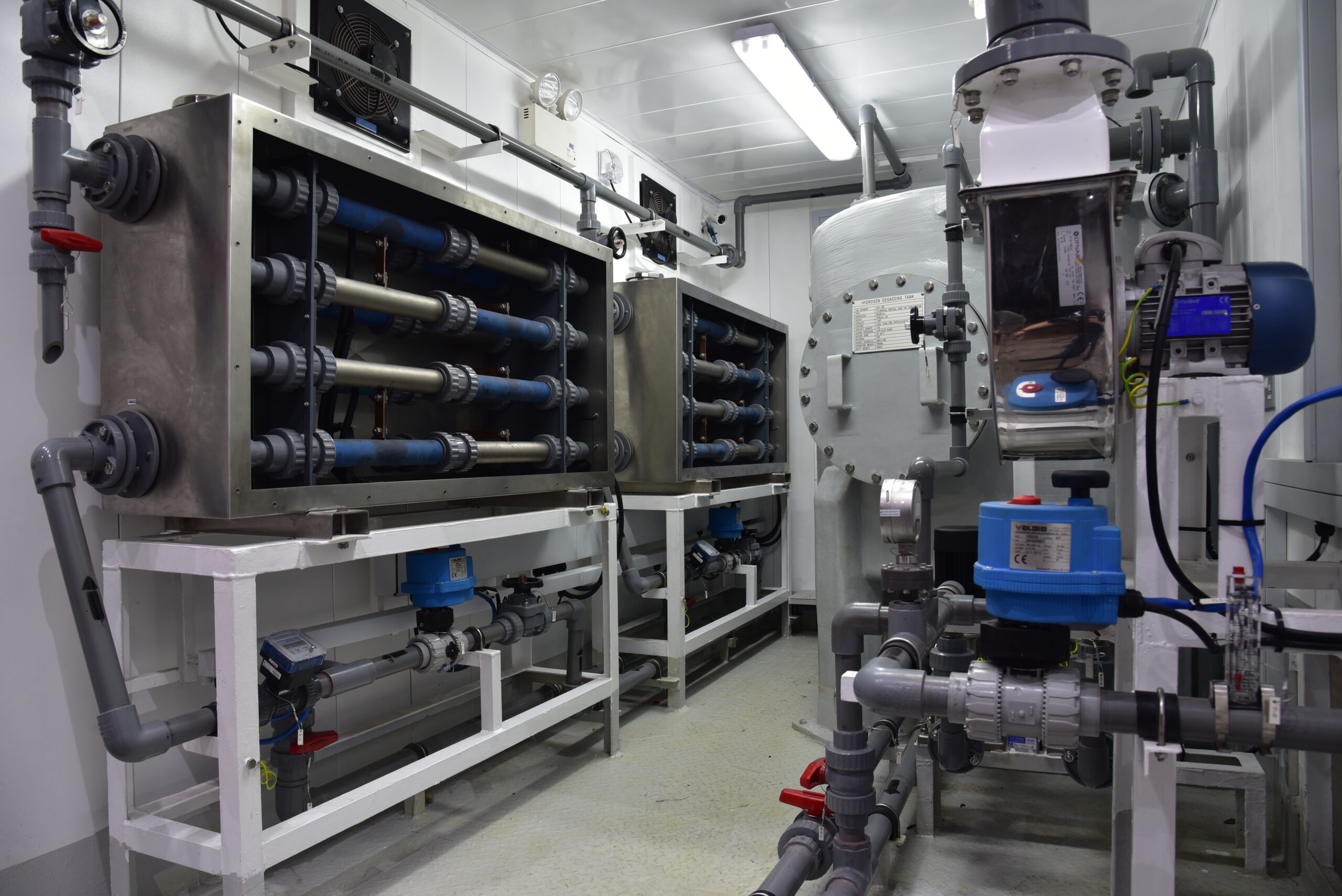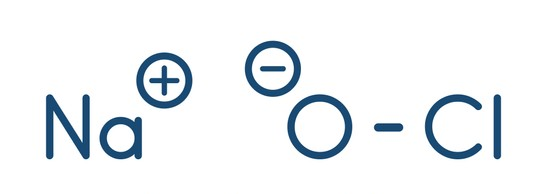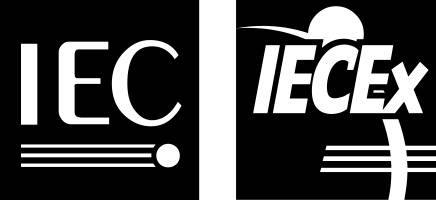ECHLORX – IECEx / ATEX Electrochlorination
- Home
- What we do
- Electrochlorination
- ECHLORX – IECEx / ATEX Electrochlorination
THE ULTIMATE SOLUTIONS TO MARINE FOULING IN HAZARDOUS ZONE
ECHLORX are designed to comply with ATEX/IECEX Classifications Class I, Divisions 1 & 2, Zones 1 & 2 offers a comprehensive solutions to the problem of fouling in marine, power plant, oil and gas application. With our over 20 years of service excellence in marine anti-fouling system, ECHLOR high effectiveness and trouble free life are almost guaranteed. This make ECHLOR System an absolutely advantageous acquisition for high saving in system maintenance
System Overview
Electrochlorination Made Easy.
Using the latest advancement in marine research and technology, the Electrochlorination / Hypochlorination System was designed to prevent the marine growth from built up internal seawater system by injecting the chlorine to suction point. Using electrolysis, this intelligent, self-sufficient system is able to produce chlorine by breaking up the water molecule present in seawater itself, keeping your seawater pipeline system in peak condition always.
The process begins with some portion of seawater from seawater mainline system is channel to generating chamber to convert it to chlorine contain water, where the seawater is electrolysed and broken down by specialised electrodes into chlorine, sodium hydroxide and hydrogen. The product produce by generating chamber will discharge at suction point by via injection nozzle.
The chlorine infused seawater is then introduced into the seawater used to cool the various parts of the system that using seawater. The presence of chlorine deters marine organism from adhering and compounding itself in all parts of the system, including the sea chest, piping,heat exchanger and others.The process begins when the seawater from the ship’s pump is led to the Generating Chamber, where the seawater is electrolysed and broken down by specialised electrodes into chlorine, sodium hydroxide and hydrogen.
The chlorine infused seawater is then introduced into the seawater used to cool the various parts of the ship via injection into the ship’s scoops or sea chests through the nozzles. The presence of chlorine deters marine organism from adhering and compounding itself in all parts of the ship, including the sea chest, piping and heat exchanger.
- Compact Size
- Reduce Calcareous Deposit
- Less Frequency of acid cleaning required
- Ease of Maintenance
- No leakage Problem
- Explosion Proof Solutions Available

How it works
The process of electrochlorination is simple. It is the electrolysis of saltwater to produce a chlorinated solution. The first step is removing any solids from the saltwater. Next, the saltwater streams through an electrolyzer cell’s channel of decreasing thickness. One side of the channel is a cathode, the other is an anode. A low voltage DC current is applied, electrolysis happens producing sodium hypochlorite and hydrogen gas (H2). The solution travels to a tank that separates the hydrogen gas based on its low density. [1] Only water and ordinary salt, (sodium chloride (NaCl)) are used.
Companies may use seawater for this process due to its low cost. The water used is usually brackish water or brine (i.e. a solution with >0.5% salinity). In these cases, additional contaminant chemicals may be present in the water feed. The low voltage DC current still performs electrochlorination. The excess chemicals are left untouched and can be easily discarded.[2]
The product of the process, sodium hypochlorite, provides 0.7% to 1% chlorine. Anything below the concentration of 1% chlorine is considered a non-hazardous chemical[according to whom?] although still a very effective disinfectant. The sodium hypochlorite produced is in the range of pH 6-7.5, relatively neutral in regards to acidity or baseness. At that pH range, the sodium hypochlorite is relatively stable.[3]

Effects Of Chlorine
The use of chlorine to counter Marine Growth is a well-researched and known subject. Tests have shown that 0.2 to 0.5 PPM of constant chlorination is able to keep all forms of marine fouling at bay.
While the larger marine shell organisms (e,g mussels) may attempt to protect themselves from the chlorinated water by shutting their shells and hiding themselves within, they will however be unable to feed in such an environment, hence depriving of the ability to settle themselves as deposits in the system interior.
Studies have also shown that any chlorination of a value higher than 0.5 PPM may induce corrosion of the system internal parts, such as the metallic piping, and other metallic Equipment. That being said, you need not worry about the corrosive aspect when deploying our Electrochlorination / Hypochlorite System as our system is endowed with the latest technology to sensitively and intelligently self-regulate the chlorination process accurately, ensuring your ship is constantly protected by all manners of marine fouling yet having none of the ill effects of chlorine corrosion.
Our systems are certified
We are able to provide options for the certification as follows:



EICS is proudly
Made with passion
Our products are proudly made in Singapore and uses only reputable component renowned for their reliability. Our products are made to suit our customer requirements and is guaranteed to work and last!

EICS TECHNOLOGY USES magneto special anodes for quality
We are proud to be using Evoqua’s MAGNETO Anode – The patent holder of the titanium anode. A proud supplier of high-quality titanium anodes and electrochemical cells for a variety of applications,
